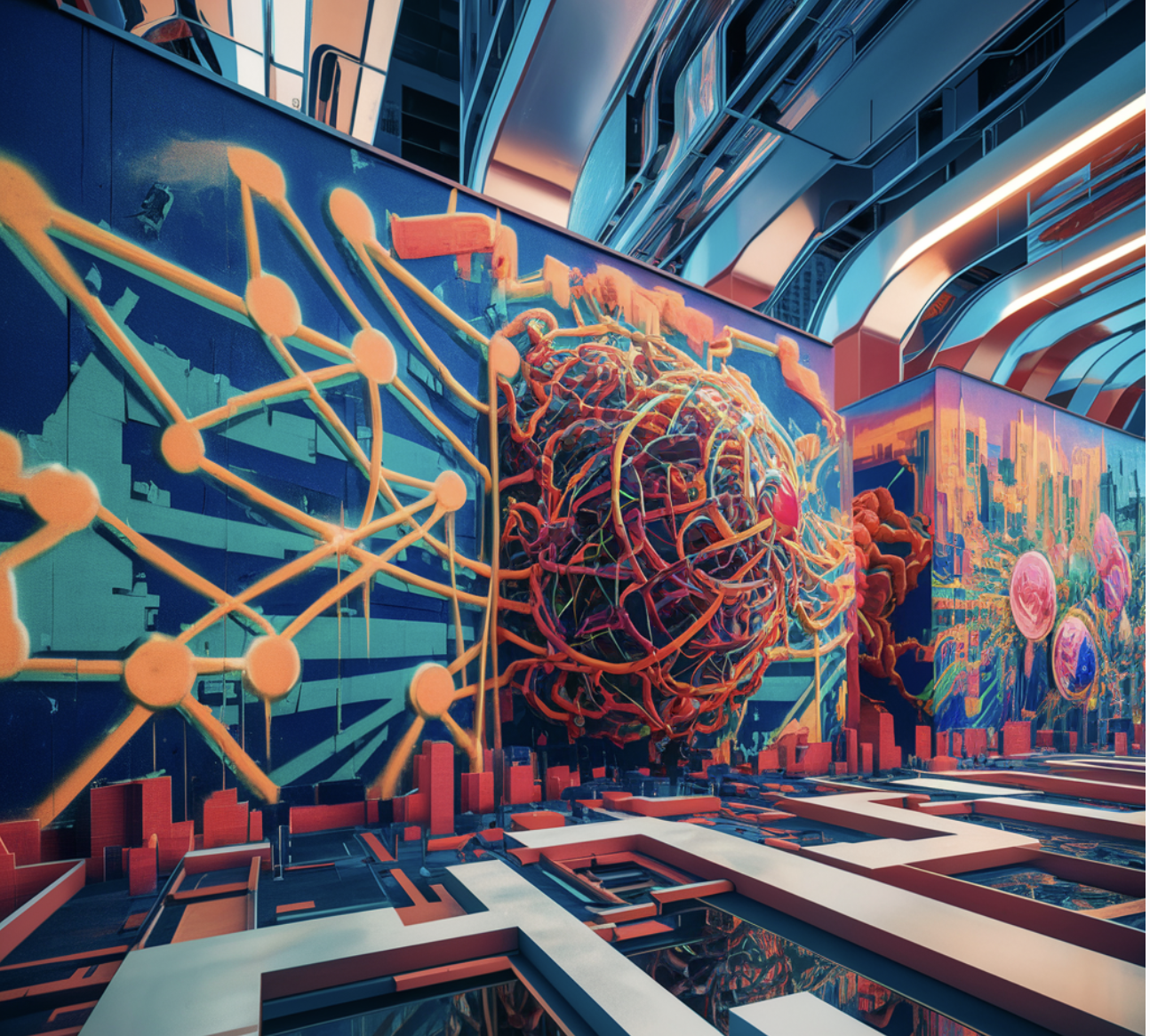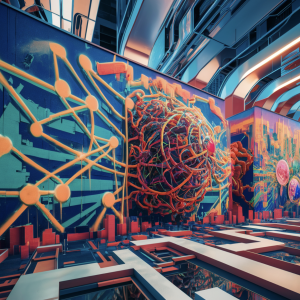

Physics-Informed Neural Networks (PINNs) have become a cornerstone in integrating deep learning with physical laws to solve complex differential equations, marking a significant advance in scientific computing and applied mathematics. These networks offer a novel methodology for encoding differential equations directly into the architecture of neural networks, ensuring that solutions adhere to the fundamental laws of physics.
Overview of PINNs
- Definition and Core Concept: PINNs integrate differential equations into the neural network’s loss function, allowing the network to train on data while respecting underlying physical laws.
- Advantages: This method enhances the network’s predictive accuracy, especially in scenarios where traditional data-driven models might fail due to physical data’s complexity or chaotic nature.
- Applications: PINNs are versatile, applicable in fields ranging from fluid dynamics to energy modeling, where they can predict system behaviors that are otherwise too complex for standard models.
Detailed Exploration of PINNs’ Capabilities
From the paper titled “Scientific Machine Learning Through Physics-Informed Neural Networks: Where we are and What’s Next”, the following points can be derived:
- PINNs integrate model equations within the neural network architecture itself, presenting a more sophisticated alternative to conventional computational methods like the Finite Element Method (FEM).
- By harnessing neural networks’ computational strength, PINNs lower operational costs and enhance simulation efficiency, proving particularly beneficial in incomplete data sets.
From the proceedings of NeurIPS 2021, detailed in the paper “Characterizing possible failure modes in physics-informed neural networks“, advancements in the methodology are discussed:
- Curriculum Regularization and Sequence-to-Sequence Learning: New training methodologies like curriculum regularization and sequence-to-sequence learning address traditional training challenges in PINNs, making the networks more robust and easier to train.
- Optimization Challenges: While embedding physical laws into neural networks offers significant benefits, it also introduces complexities in the training process, necessitating advanced optimization techniques.
Challenges and Possible Directions for Development
Despite their potential, PINNs face significant challenges, particularly regarding training complexity and computational demands. The integration of PDEs into the training process, while beneficial, also introduces new layers of complexity and potential points of failure, such as the need for more sophisticated optimization techniques.
As advancements push the boundaries of what PINNs can solve, there’s an ongoing need to develop more robust models that can handle increasingly complex systems with higher accuracy and efficiency. Future research will likely focus on enhancing PINN scalability of PINNs and creating more generalized frameworks that can be easily adapted across different scientific domains.
Conclusion
Physics-Informed Neural Networks represent a significant step in amalgamating machine learning and physical sciences. They offer a promising tool for researchers and engineers to solve complex problems by harnessing the power of deep learning while ensuring adherence to physical laws. As these networks continue to evolve, they will likely become a cornerstone technology in scientific computing, providing insights into previously unknown phenomena.
For those involved in scientific research or applications involving complex physical phenomena, diving deeper into the capabilities and developments of PINNs could provide a competitive edge and lead to more accurate, efficient, and reliable models.
Sources:
- https://link.springer.com/article/10.1007/s10915-022-01939-z
- https://proceedings.neurips.cc/paper_files/paper/2021/file/df438e5206f31600e6ae4af72f2725f1-Paper.pdf
The post Physics-Based Deep Learning: Insights into Physics-Informed Neural Networks (PINNs) appeared first on MarkTechPost.